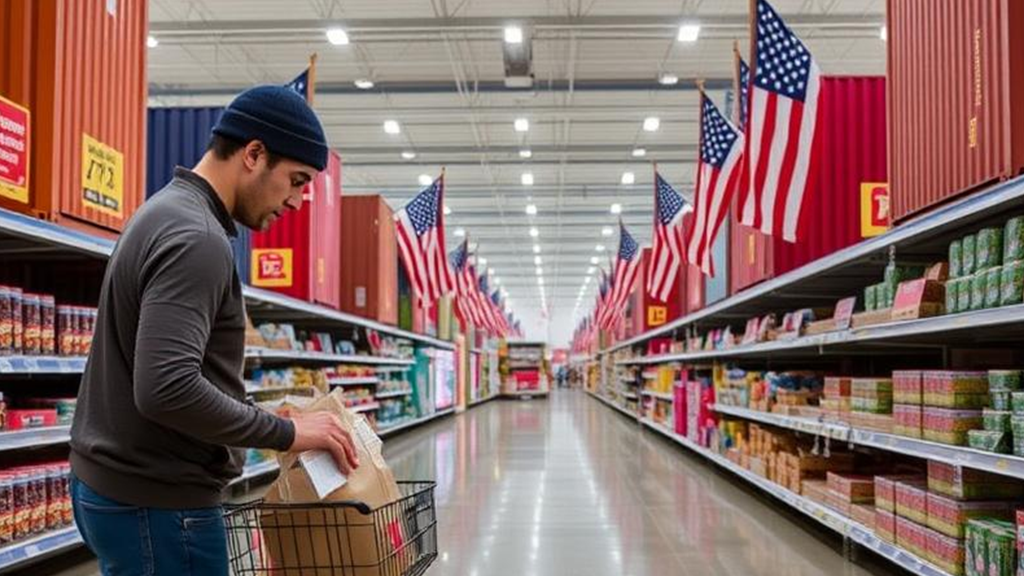

American consumers braced for higher prices after former President Donald Trump imposed new tariffs on imports from Canada, Mexico, and China. The tariffs, targeting a range of goods, including electronics, automobiles, and household essentials, have raised concerns about inflation and economic slowdowns.
The move escalates ongoing trade tensions, with Canada and Mexico warning of retaliatory measures that could impact U.S. exports. Trump defended the tariffs, arguing that they protect American jobs and industries from unfair competition. However, economists warn that businesses will likely pass the additional costs onto consumers, leading to higher prices on everyday goods.
Key industries are expected to feel the impact immediately. Automakers and electronics manufacturers rely on imported components from China and Mexico, and higher costs could drive up prices for cars, smartphones, and appliances. The construction industry, already grappling with supply chain issues, faces further disruption as lumber and steel imports become more expensive.
Retailers have signaled price increases on various consumer products, with some warning that smaller businesses may struggle to absorb the costs. Grocery prices could also be affected if Mexico responds with tariffs on U.S. agricultural exports, disrupting supply chains for fruits, vegetables, and meat.
The financial markets reacted with increased volatility as investors reassessed the risk of slower economic growth due to trade uncertainty. Some analysts argue that the tariffs could contribute to stagflation, where inflation remains high while economic growth slows.
Major U.S. trade partners have already hinted at countermeasures, with Canada considering levies on American dairy and energy exports, while China may impose restrictions on key U.S. technology imports. Business leaders have urged the administration to seek diplomatic solutions, warning that an extended trade war could hurt American companies and workers.
With global supply chains recovering from past disruptions, the tariffs add another layer of economic unpredictability. The debate continues over whether these policies will strengthen U.S. industries or burden consumers with rising costs.








© THE CEO PUBLICATION 2021 | All rights reserved. Terms and condition | Privacy and Policy